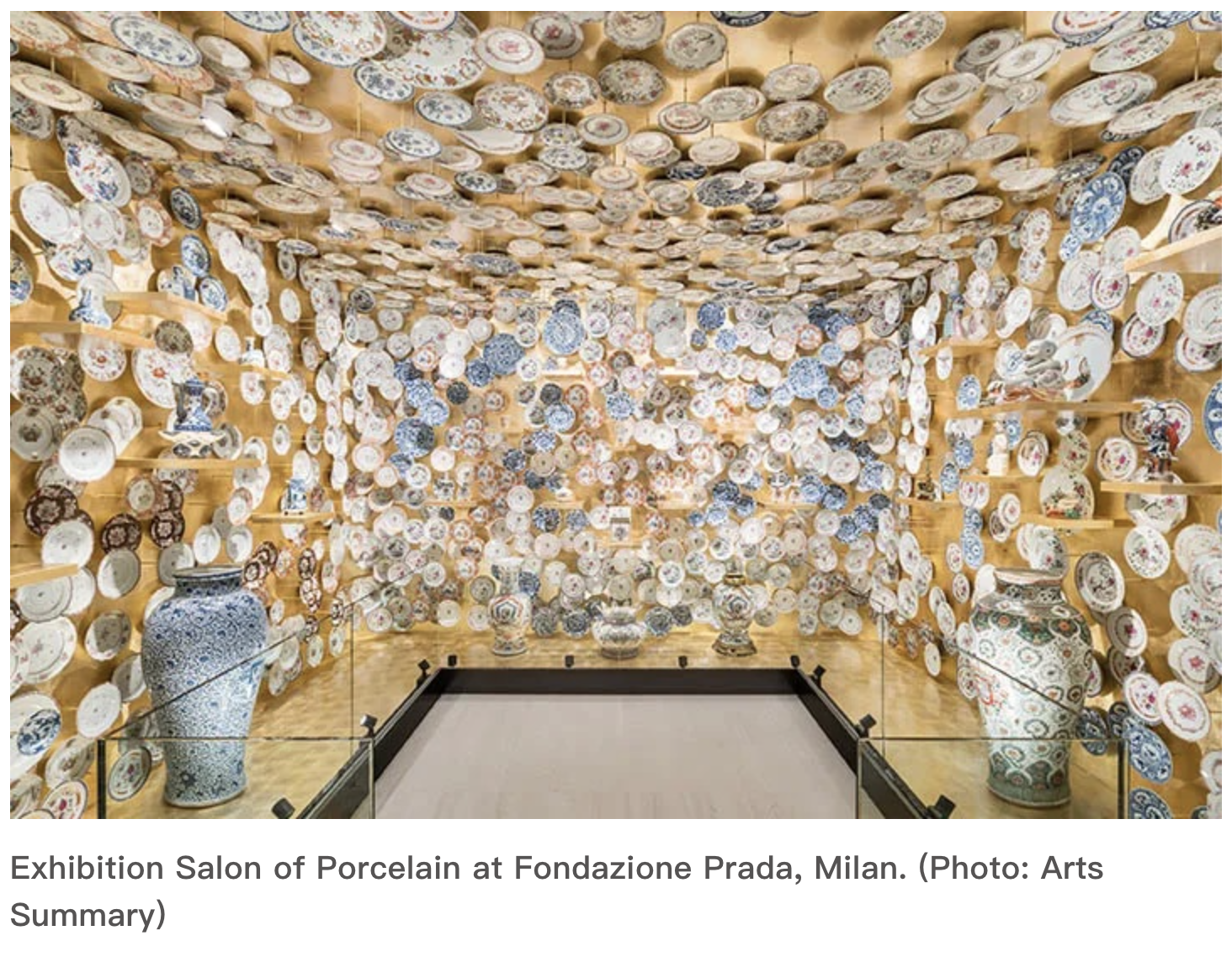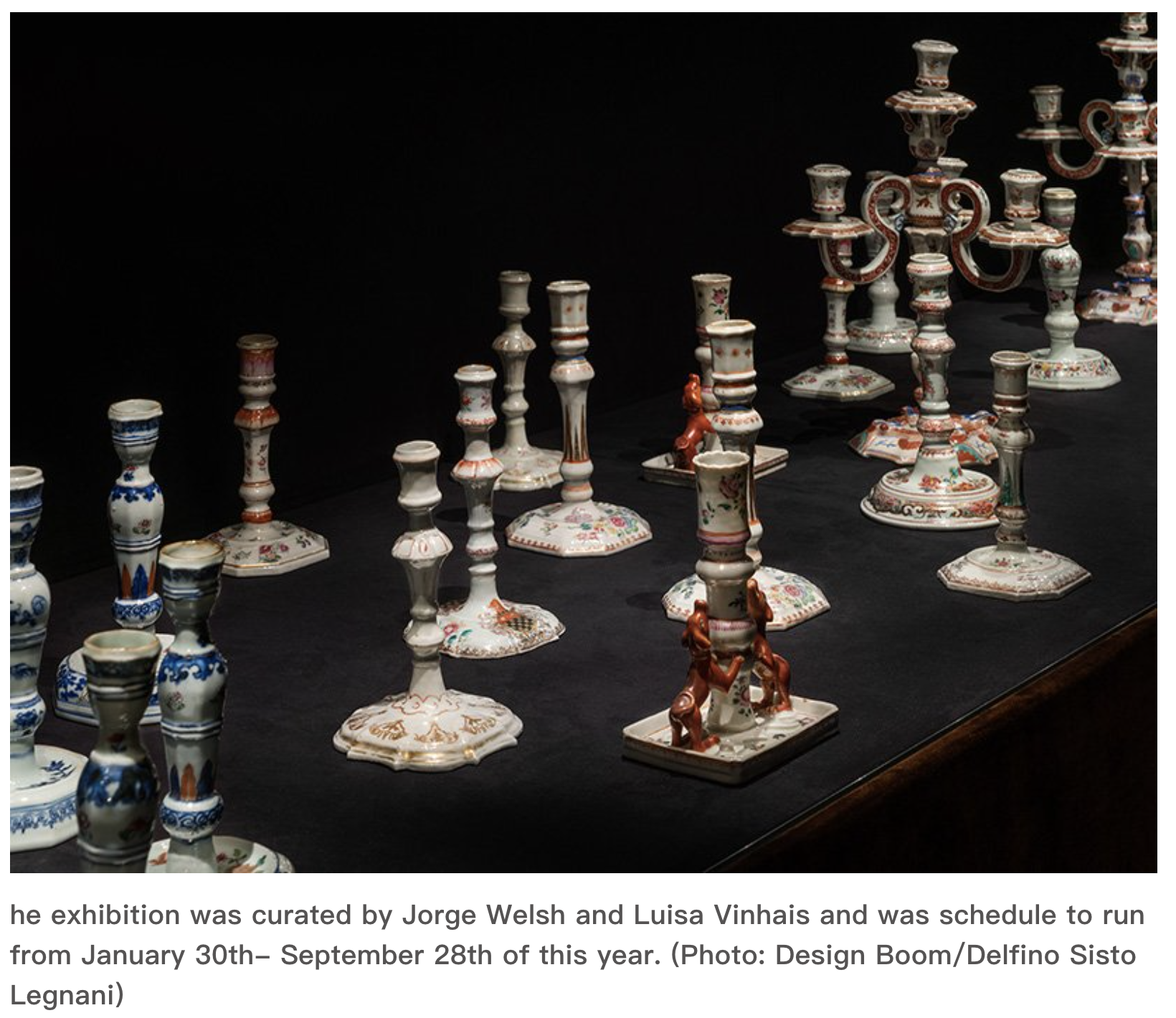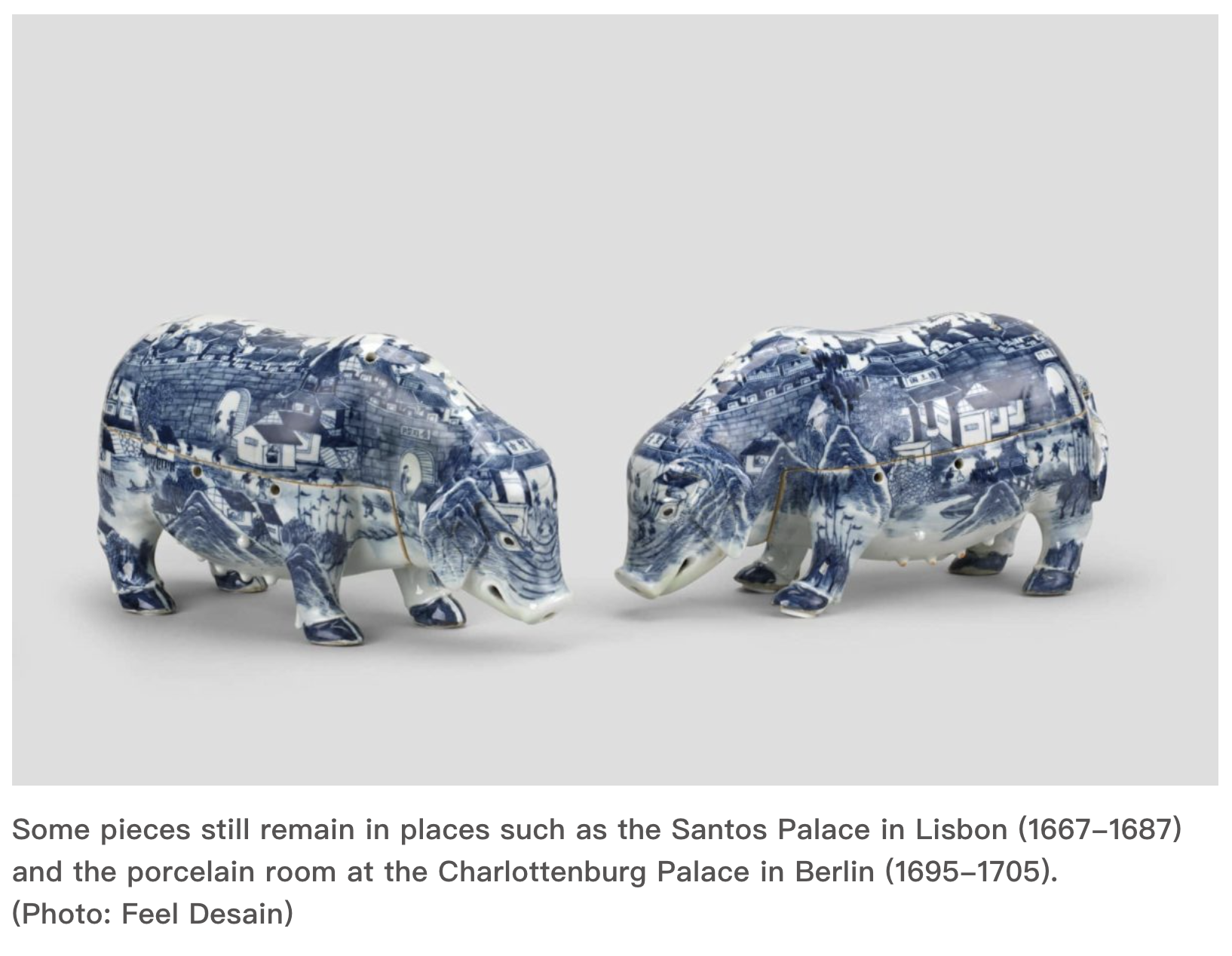The Porcelain Room at the Fondazione Prada
Wang Jimin
June 1, 2024
[New Sancai Compilation First Release] The Porcelain Room: Chinese Export Porcelain brings together more than 1,700 pieces of Chinese export porcelain from the 16th to 19th centuries. The exhibition is on display at the Prada Foundation in Milan (January to September 2020), located in an innovative and impressive structure designed by Tom Postma, decorated with brown velvet and divided into three parts. Especially for this period, this project is revolutionary because it brings together porcelain from different markets, social and religious groups, mainly from Europe and the Middle East. The variety of works demonstrates the ability of Chinese craftsmen and merchants to respond to the needs and tastes of different targets.


The first section is the largest and covers the period from the early 16th century to the mid-17th century. This group includes, among other things, Ming porcelain with European iconography… the largest number ever exhibited together. Classified as “first orders”, this is a term often used to refer to the first Chinese porcelain commissioned by the Portuguese after their arrival in China. Objects from this period are extremely rare, with only 150 surviving. Forty-five pieces have been loaned from private and public collections around the world, representing a wide range of European “first orders” in terms of type, iconography and period of realization. This section also includes a rare group of pieces made for the Islamic market.

The second iteration of the exhibition consists of various shapes of everyday objects such as fruits, vegetables and animals. These Chinese tablewares have a strong visual impact; they were made around 1760 and look as if they were made last year. These bold pieces are part of extraordinary tablewares whose only purpose was to entertain guests as dinner parties organized by European noble families lasted for hours. The shapes of these pieces are mostly samples of Western ceramics produced in European factories.
The final section pays homage to the tradition of porcelain rooms and all-encompassing installations created in European homes and aristocratic houses during the 17th and 18th centuries. Among these works are mirrors, lacquered panels and gilded wood carvings that embody extraordinary rooms built across Europe. What the works in this iteration have in common is that they are all transported to a different dimension, and the visitor is transported to faraway cultures and distant lands.
After viewing this extraordinary exhibition, there is a palpable push to establish a dialogue between the ancient and the contemporary. There is also a clash between collections and installations from different cultural fields. About the exhibition they curated, Jorge Welsh and Luisa Vinhais said: "Chinese porcelain was produced specifically for export long before Europeans arrived in China by sea in the early 16th century. But it was not until the Ming Dynasty (1368-1644) that the export market became increasingly important. Initially popular in the 15th century, with celadon and underglaze-painted porcelain, the export market quickly developed into the first truly global commodity as the first Europeans began to trade and commission porcelain to bring back to the West. Chinese export porcelain was indeed a commodity, often made for obvious utilitarian purposes. But it was also an artistic expression, produced by talented ceramicists and painters, coveted and collected around the world. Its widespread impact was not only related to economics, but also to ensuring the global presence of this artistic expression."
Original article: Suzanne Lovell & Co.
(Author: Staff Middle Land )
(Source: Middle Land website)
(Compiled by Wang Jijun)
(Editor: Jiang Qiming)
(Source: New Sancai Compilation and First Release)
